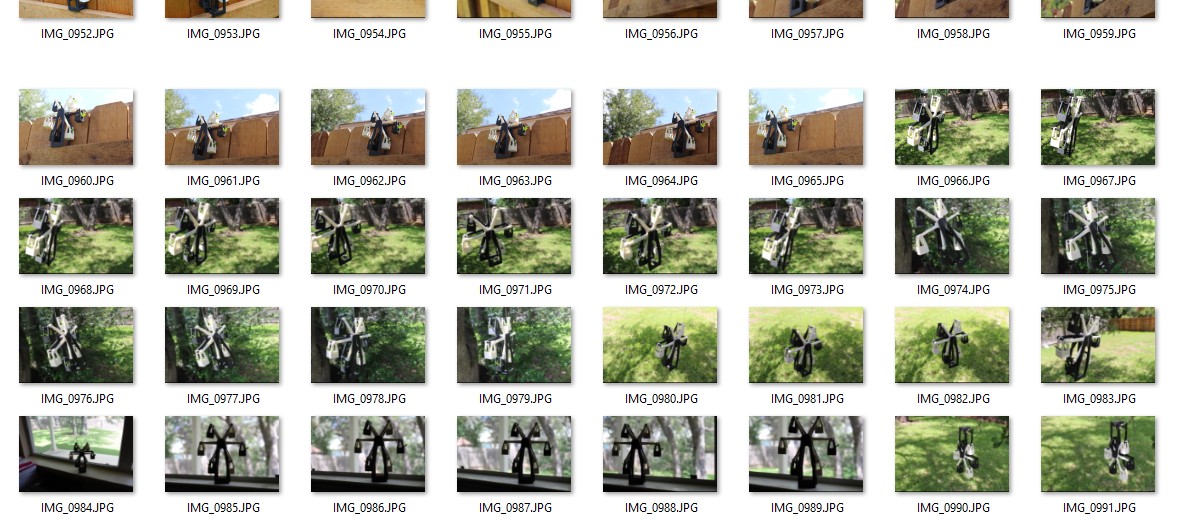Taking great photos involves understanding gear, timing, lighting, and composition. However, in reality, you often need to be able to sort the good from the bad. This guide will walk you through evaluating and using your photos effectively.
Defining Your Purpose
What will you use your photos for? The intended use determines the required quality.
If you’re printing photos, especially on canvas, high quality is essential. Prints need at least 300 ppi (pixels per inch) to avoid noticeable blemishes.
For web use, lower quality photos suffice since the web standard is 72 ppi. A photo for your blog doesn’t require the same high resolution as a print for your wall. This impacts how selective you are during the editing process. While post-processing can sharpen images, it might not be sufficient for printing.
Consider the type of photography. Landscape photography benefits from sharpness and detail, while portrait photography may prioritize capturing emotion.
The Elimination Round: Narrowing Down Your Choices
Start by discarding obviously flawed images.
Instantly remove blurry or grainy photos. Multiple shots often result in some being sharper than others. If only a few photos are poor, discard them. A heavily blurred photo is generally unusable.
Eliminate photos with severe exposure issues that are beyond repair. Overly dark or bright photos often lack sufficient contrast for correction. Extreme adjustments can introduce grain. Photos with mixed light and dark background, like the sample, might take longer than retaking the photo.
Remove photos where the subject is poorly represented. Subjects too distant or too close can ruin a photo. Macro photos require extreme close-ups, while cityscapes need distance. Note that the distance to the subject varies based on your desired outcome.
Selecting the Best Photos
Choosing the “best” photo often means selecting the one closest to your initial vision.
A dark, moody photo might not work as a blog post image, but it could be perfect for an art project. A vibrant landscape would be excellent for a magazine cover. Bright, cheerful photos work well for blog posts or stock images.
Consider photos that deliberately follow or break composition rules. Intentional choices are more effective than accidental ones. Breaking symmetry to create tension or using color to highlight a subject demonstrates purposeful photography.
Putting Your Photos to Use
Now that you have a selection of great photos, here are some ways to use them:
1) Print them: Create photo albums, large canvas prints for display, or personalized greeting cards.
2) Use them online: This is the most common application. Use photos as examples in blog posts, showcase them on your website, or share them on social media to gain exposure as a photographer.
3) Sell them: Selling photo licenses or rights can generate income for new equipment or travel. Canvas prints and products with your photos on them (T-shirts, hats) are also viable options.
4) Enter contests: Competitions offer awards, recognition, and even money. Be cautious of contests requiring you to give up your photo license. Avoid paying entry fees unless you’re confident your photo is exceptional.
Long-Term Photo Storage
Avoid deleting photos unless absolutely necessary. You might find a use for them later.
Transfer photos from SD cards to a high-capacity storage drive to keep them organized. Create a separate folder for your favorite photos for easy access.
Keep copies of photos before and after post-processing. This allows you to revert changes if needed. For example, a black and white conversion is difficult to undo.
Maintain multiple backups of your storage unit, ideally in different locations, to prevent data loss due to drive corruption or damage.
With these tips, you’ll be well-equipped to select, utilize, and preserve your photographic work.
